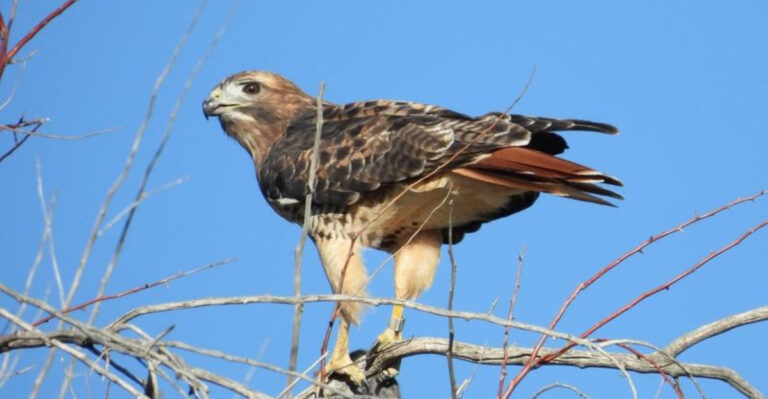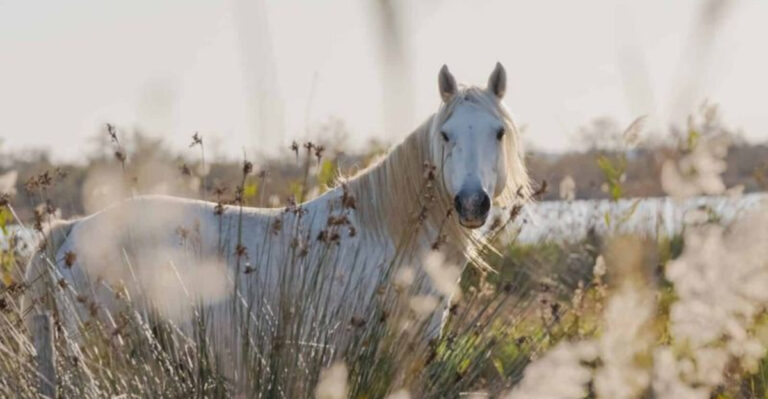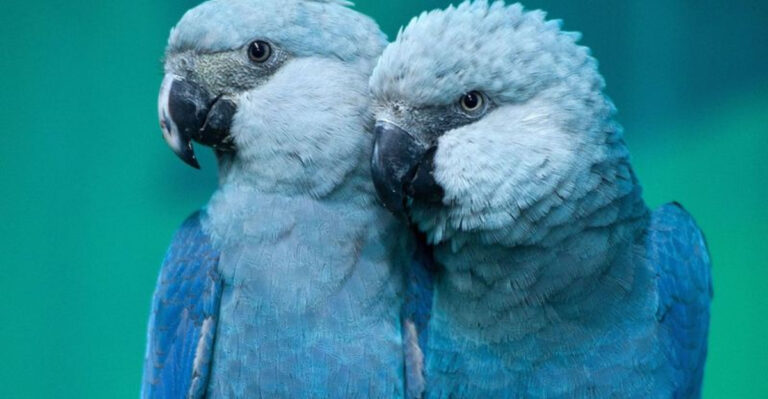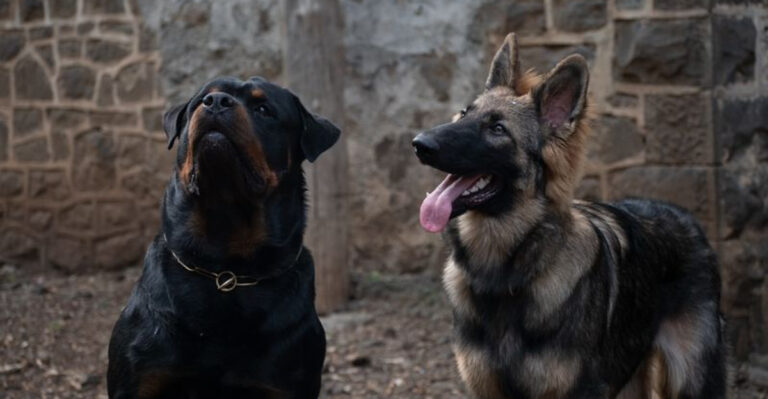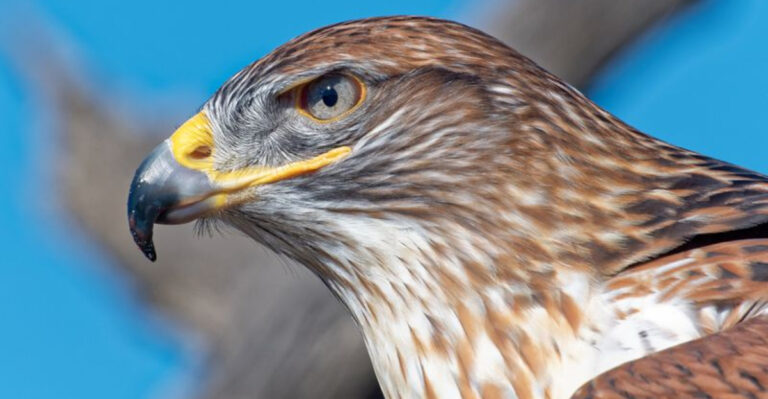12 Longest-Living Bird Species In The Wild
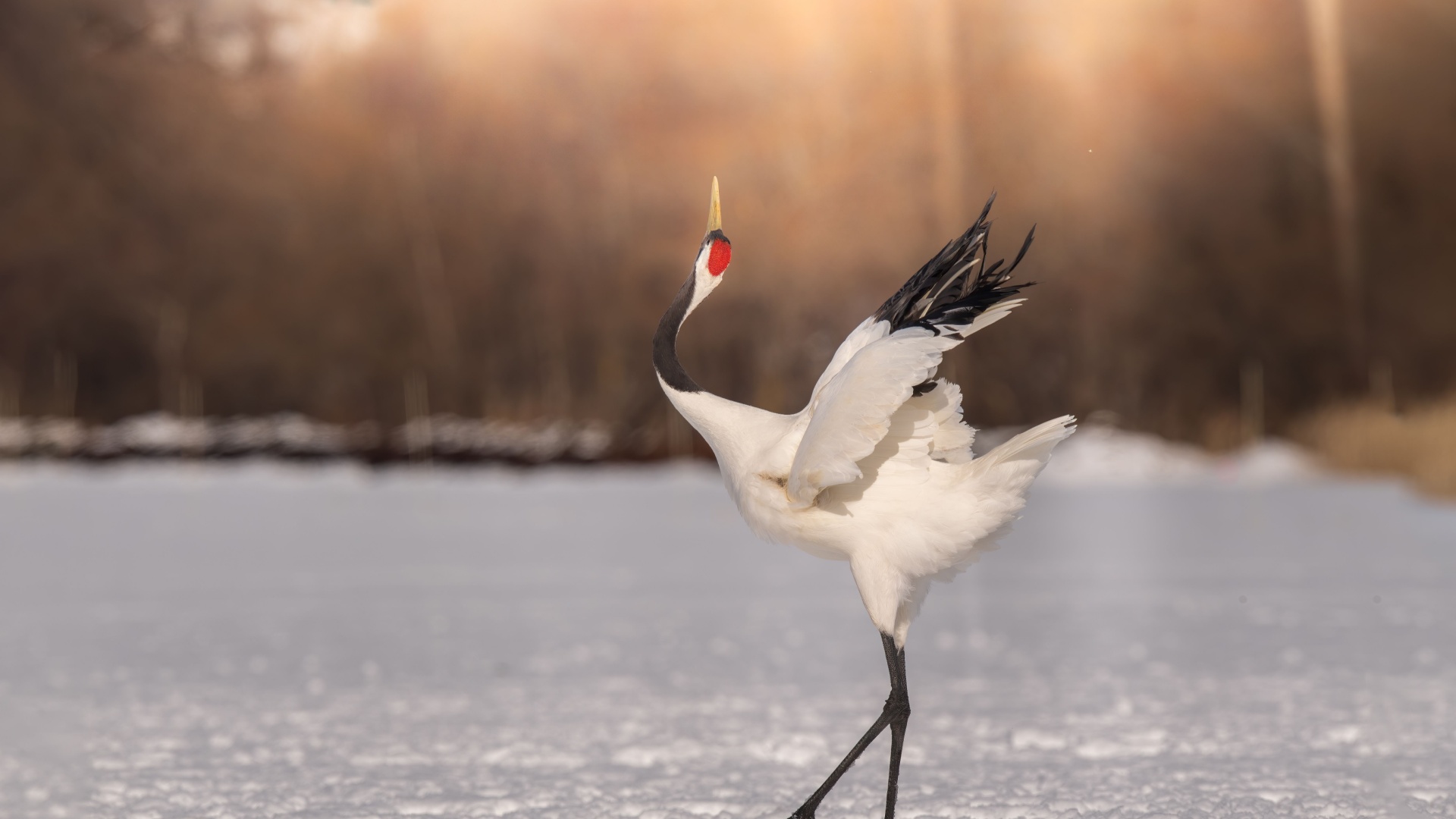
Birds have enchanted us with their songs, colors, and incredible abilities to navigate the skies. Among these winged wonders, some species boast lifespans that rival those of humans.
Understanding these avian longevity champions not only offers insights into their biology but also into the ecosystems they inhabit. Let’s explore the remarkable bird species that defy age and soar gracefully through the decades.
1. Albatross
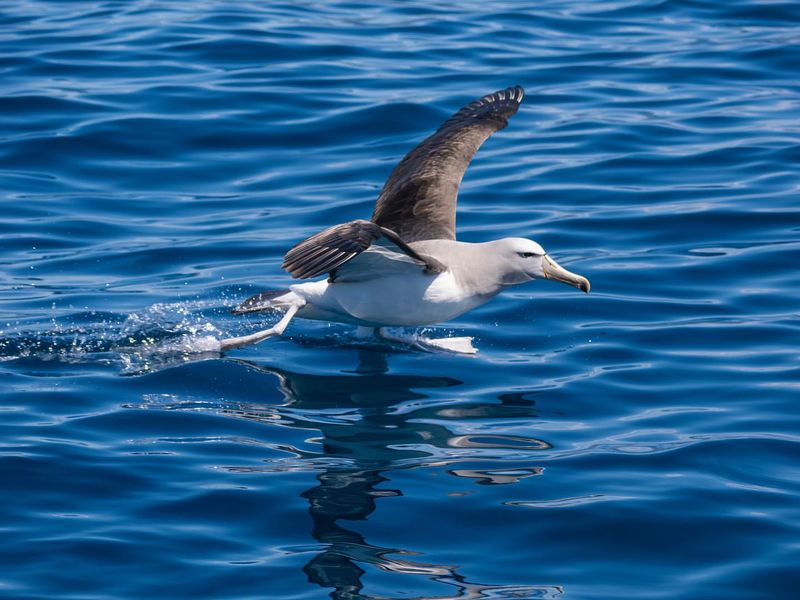
Sailing through the skies, the albatross is renowned not only for its remarkable wingspan but also for its extensive lifespan. These magnificent creatures, often seen gliding effortlessly over vast ocean expanses, live for over 50 years. Their long life is punctuated by epic journeys across the seas, where they cover thousands of miles, returning to land only to breed.
Albatrosses are monogamous birds, forming lifelong bonds with their mates. This loyalty is a testament to their social structure and breeding success. Their nests, often located on remote islands, become the epicenter of their family life, where they raise their young with diligence.
Despite their longevity, albatrosses face threats from human activities. Conservation efforts are crucial to ensure these birds continue to thrive. By understanding their needs and habitats, we can contribute to their preservation, ensuring future generations witness their awe-inspiring flights.
2. Macaw
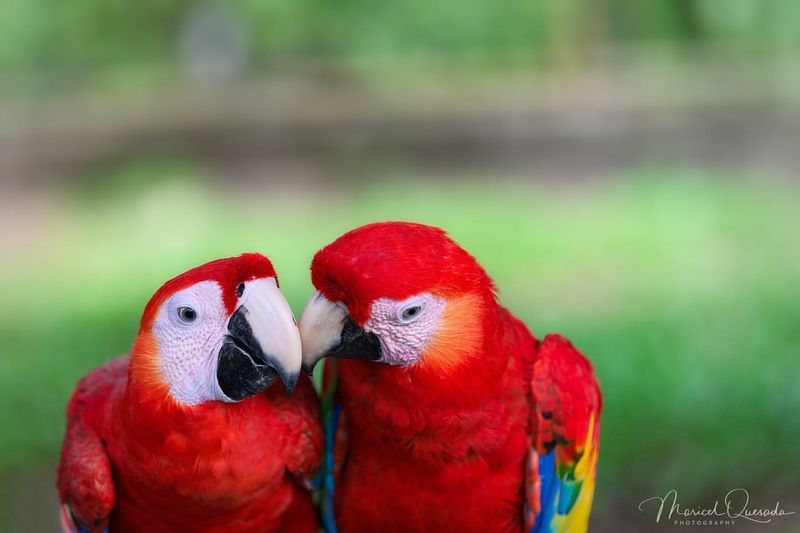
Breathtakingly beautiful, macaws are celebrated for their vibrant feathers and intelligence. These social birds are often seen in the lush canopies of South American rainforests. Known for their long lives, macaws can live up to 60 years in the wild, a testament to their adaptability and resilience.
Their striking colors are not just for show; they play a vital role in communication and mate selection. Macaws are highly social, often forming large flocks that travel together in search of food. This social structure contributes significantly to their longevity, providing protection and companionship.
Despite their beauty, macaws face challenges from habitat destruction and the illegal pet trade. Conservation efforts are essential to protect their habitats and ensure these colorful birds continue to grace our skies for generations to come. Understanding their ecological role can aid in preserving these avian gems.
3. African Grey Parrot
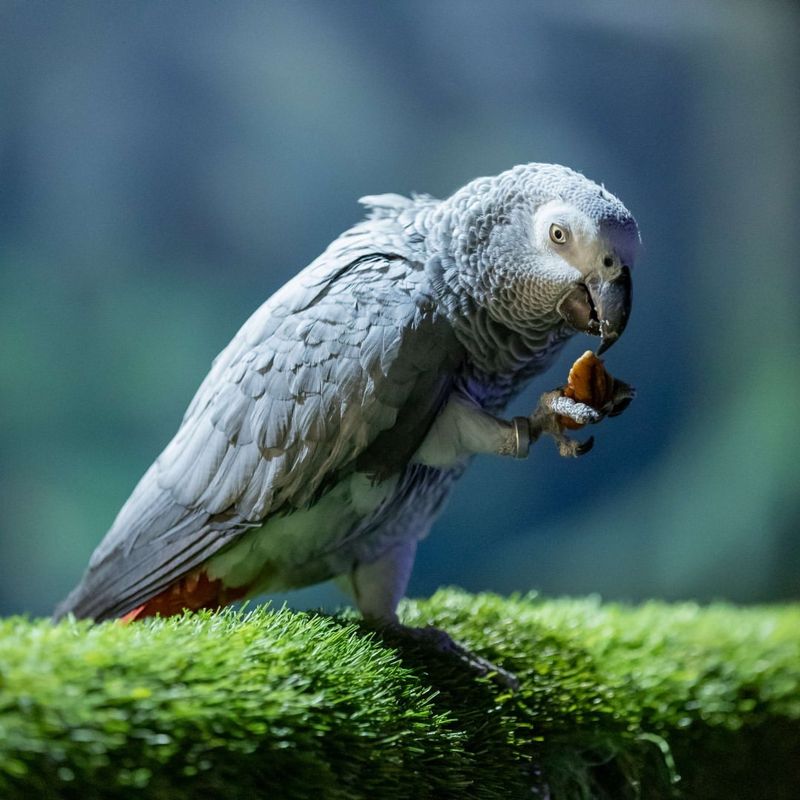
Renowned for their intelligence and sociability, African Grey Parrots are a marvel in the avian world. These parrots can live up to 50 years, often forming strong bonds with their flock or human companions. Their ability to mimic human speech is unparalleled, making them popular pets, though they flourish most in the wild.
African Greys thrive in family groups, where they communicate with complex vocalizations and behaviors. This intricate social system aids in their survival, providing them with strategies to navigate their environment. Their diet consists of seeds, nuts, and fruits, making them vital for seed dispersal in their habitats.
Conservationists are working hard to combat threats like habitat loss and illegal trapping. Protecting their natural habitats ensures these intelligent birds continue to enrich the ecosystems they inhabit. Understanding their needs helps in creating strategies for their conservation and welfare.
4. Bald Eagle
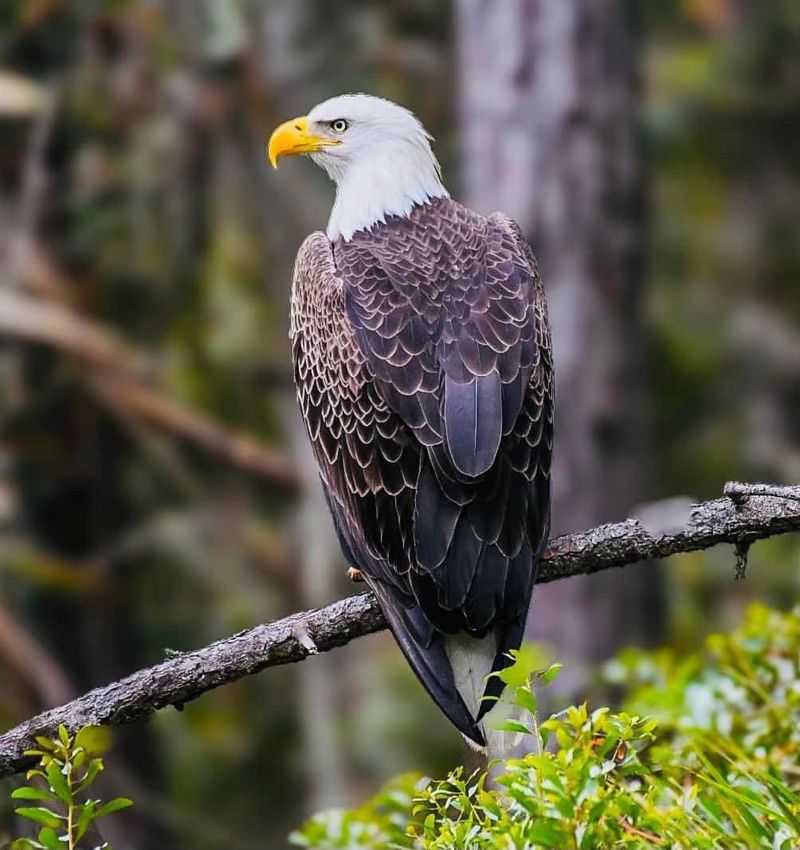
A symbol of strength and freedom, the Bald Eagle is more than just a national emblem. These majestic birds, found across North America, can live up to 30 years in the wild. Their impressive lifespan is due in part to their top position in the food chain, with few natural predators.
Bald Eagles build their nests high in trees, often near water bodies that provide abundant food sources. Their nests, called eyries, are among the largest of any bird species and are used year after year, growing in size each season. This stability contributes to their long life and breeding success.
Though once endangered, the Bald Eagle has made a remarkable recovery through concerted conservation efforts. Understanding the importance of preserving their habitats is key to ensuring their survival. Their story is a powerful reminder of how effective conservation can lead to the resurgence of a species.
5. Cockatoo
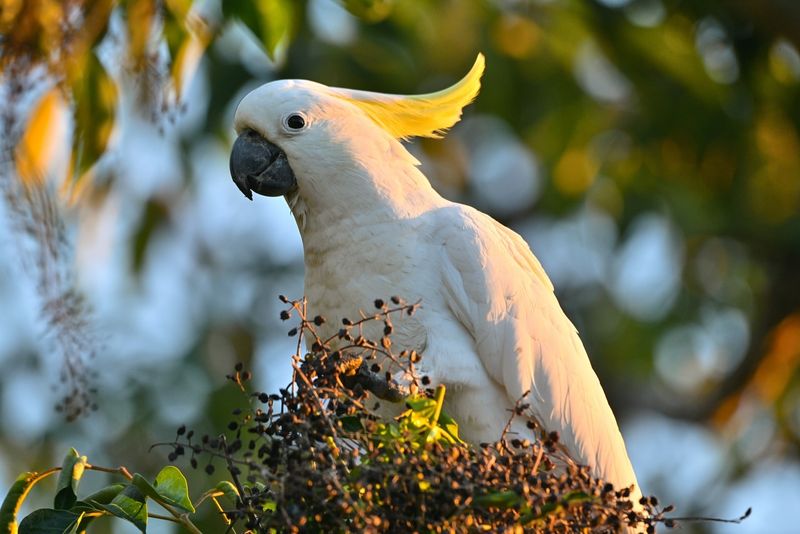
Cockatoos, with their expressive crests and engaging personalities, are a joy to observe. These birds can live up to 60 years, thriving in the forests and woodlands of Australia and surrounding islands. Their sociable nature and intelligence are key to their longevity, as they form strong bonds with their flock.
These birds communicate through a variety of vocalizations and displays, which are essential for maintaining group cohesion and finding food. Their diet is diverse, including seeds, fruits, and occasionally insects. This adaptability is a crucial aspect of their survival in the wild.
Cockatoos are also known for their playful behavior, which includes manipulating objects and exploring their environment. Protecting their habitats from deforestation and illegal trade is vital for ensuring their continued survival. By understanding their ecological role, we can implement measures to safeguard these charismatic birds for future generations.
6. Laysan Albatross
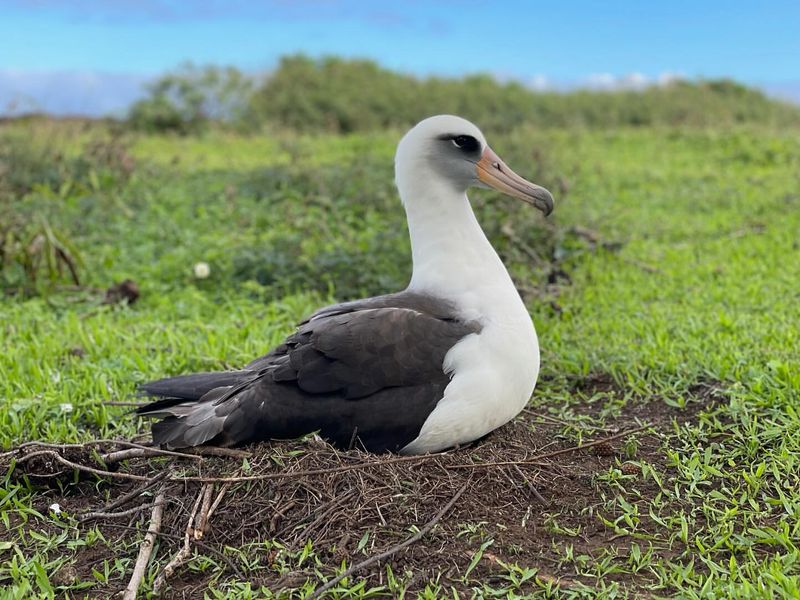
Gliding effortlessly across the ocean, the Laysan Albatross is a marvel of nature’s design. These birds can live for more than 40 years, a testament to their incredible adaptability. Native to the North Pacific, they are known for their long migrations and monogamous breeding habits.
Laysan Albatrosses form strong pair bonds, returning to the same nesting sites year after year. Their courtship rituals are elaborate, involving synchronized dances and vocalizations. This fidelity and dedication to their partner are key aspects of their reproductive success.
Although they face threats from plastic pollution and fishing nets, conservation efforts are underway to protect their habitats. Ensuring the health of ocean ecosystems is vital for the survival of these extraordinary birds. By reducing human impact, we can help preserve the natural beauty and longevity of the Laysan Albatross for future generations to admire.
7. Snowy Owl
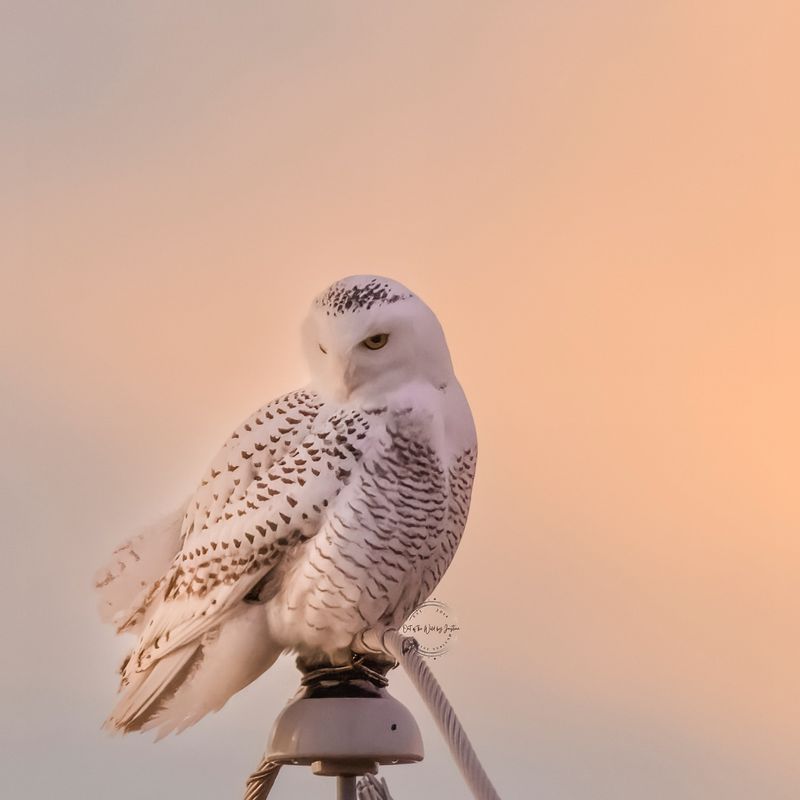
Inhabiting the frigid expanses of the Arctic, the Snowy Owl is a master of adaptation. With a lifespan reaching up to 10 years, these owls are skilled hunters, preying on rodents and other small animals. Their striking white plumage provides excellent camouflage in their snowy environment.
Snowy Owls are not just solitary hunters; they are also doting parents. During the breeding season, they form monogamous pairs and fiercely protect their nests. This dedication to family ensures the survival of their young in harsh conditions.
Climate change poses a significant threat to Snowy Owls by disrupting their habitat and food supply. Conservation initiatives are critical in mitigating these impacts and preserving the delicate balance of the Arctic ecosystem. Understanding their role as apex predators can aid in crafting strategies to ensure their continued presence in the wild.
8. Manx Shearwater
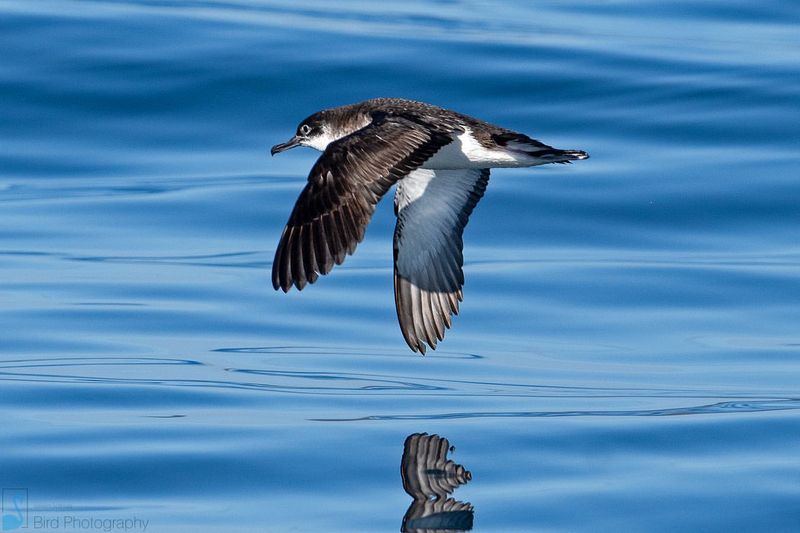
Known for their incredible navigation skills, Manx Shearwaters are a remarkable seabird species. They have been known to live for over 50 years, embarking on epic migrations between the North Atlantic and South American waters. Their ability to return to the same nesting sites each year is a testament to their navigational prowess.
These birds are highly social, often breeding in large colonies on remote islands. Their life at sea is spent skimming the ocean surface in search of fish and squid. The Manx Shearwater’s nocturnal nature helps them avoid predators while nesting.
Despite their long life span, they face threats from introduced predators on breeding islands and human-induced changes to their marine environment. Conservation efforts focus on protecting their nesting sites and ensuring the health of the ocean ecosystems they depend on. By supporting these efforts, we can help maintain the populations of this fascinating species.
9. Tufted Puffin
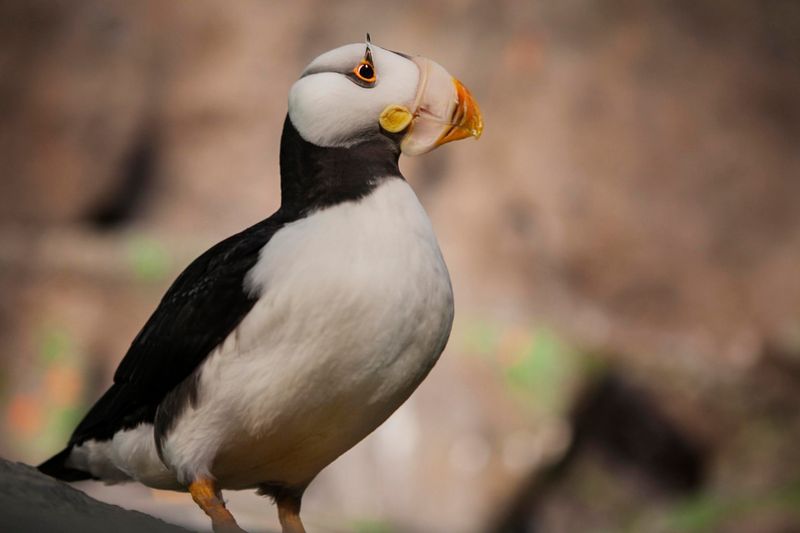
With their striking appearance and vibrant personalities, Tufted Puffins are a joy to observe. These seabirds typically live up to 20 years, inhabiting the North Pacific. They are known for their remarkable diving ability, catching fish and invertebrates with ease.
Tufted Puffins are highly skilled hunters, using their wings to ‘fly’ underwater. Their breeding colonies are often found on coastal cliffs, where they lay their eggs in burrows. This secluded nesting strategy helps protect their young from predators.
Despite their ability to thrive in harsh conditions, Tufted Puffins face challenges from climate change and pollution. Protecting their habitats and reducing human impact on marine environments are crucial to their survival. By understanding their ecological role and the threats they face, we can work towards ensuring that Tufted Puffins continue to grace our oceans for years to come.
10. Condor
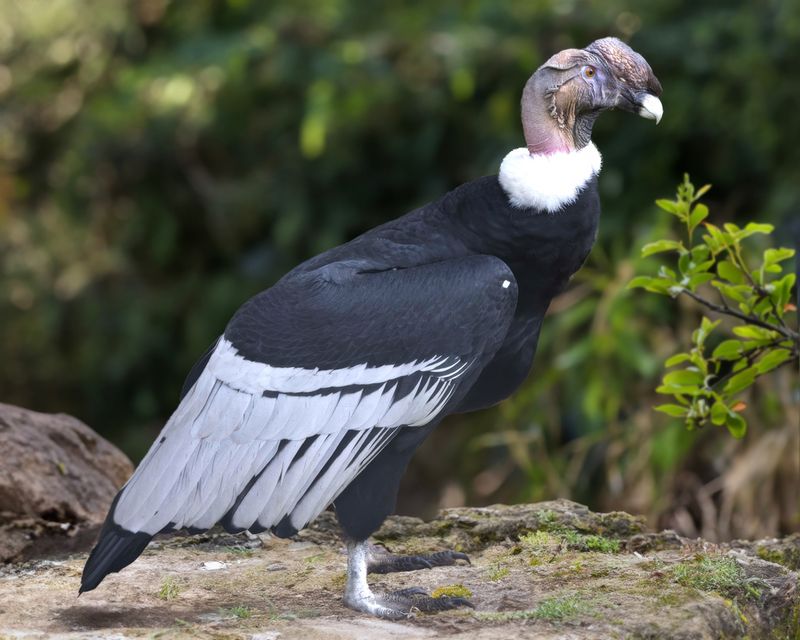
Among the largest flying birds, condors are renowned for their impressive wingspan and long lifespans. These scavengers can live up to 60 years, ruling the skies of the Andes and California. Their keen eyesight allows them to spot carrion from great distances, an essential skill for their survival.
Condors are highly social, often seen soaring together in search of food. They form strong pair bonds and share communal roosting sites, which support their social structure. This sociality is a key component of their longevity, providing safety in numbers.
Despite their robustness, condors face threats from habitat destruction and lead poisoning. Conservation efforts focus on habitat restoration and reducing lead contamination. These initiatives are vital for ensuring the condor’s survival and maintaining the ecological roles they play as nature’s cleanup crew. Protecting these magnificent birds helps preserve the natural balance of their ecosystems.
11. European Shag
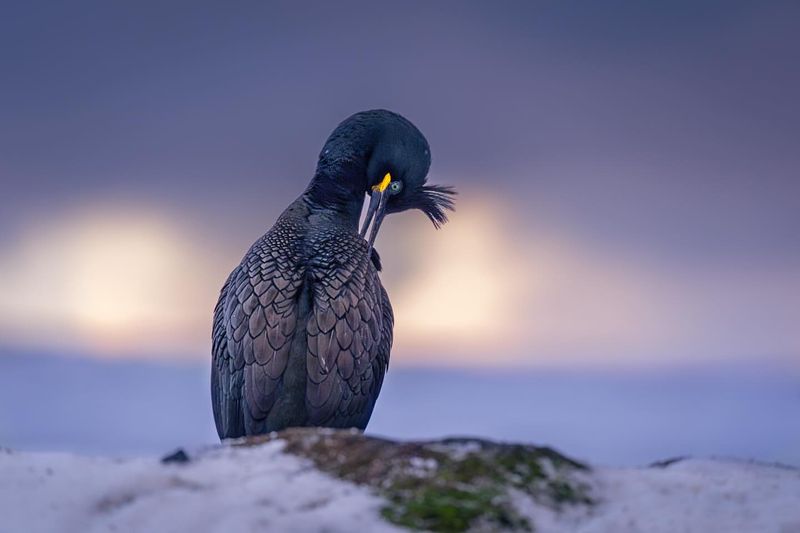
The European Shag, a sleek seabird, is known for its diving prowess and glossy plumage. Typically living up to 25 years, these birds inhabit the rocky coasts of Europe. Their streamlined bodies and strong legs make them excellent divers, adept at catching fish in the coastal waters.
These birds are often seen perched on rocks, drying their feathers after a dive. Their social nature leads them to form colonies, where they breed and raise their young. This colony life provides protection and enhances their survival prospects.
Despite their adaptability, European Shags are susceptible to environmental changes and pollution. Conservation efforts are focusing on preserving their coastal habitats and ensuring clean, healthy seas. By understanding their ecological needs and protecting their environments, we can help ensure that European Shags continue to flourish along our coastlines.
12. Red-Crowned Crane

Symbolizing longevity and good fortune in many cultures, the Red-crowned Crane is not only beautiful but also long-lived, reaching up to 30 years in the wild. These birds are residents of East Asia’s wetlands, where they perform their iconic dances during courtship.
Red-crowned Cranes are highly social and form strong pair bonds, often mating for life. Their elaborate courtship displays, involving synchronized dances and calls, are crucial for maintaining these bonds. This social structure supports their long lifespan and reproductive success.
Threats to their survival include habitat loss and degradation. Conservation efforts aim to protect and restore wetlands, ensuring these cranes have the resources they need to thrive. By understanding and mitigating the challenges they face, we can help preserve the majesty and grace of the Red-crowned Crane for future generations to admire.

